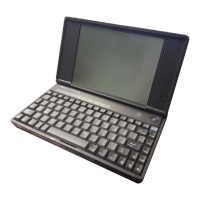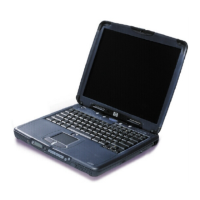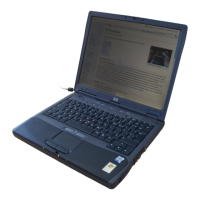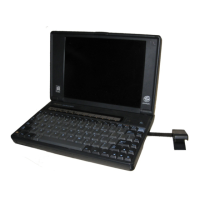Troubleshooting
Solving Problems
User’s Handbook 79
suspend and resume using the power button, or you may have to shut down and restart
Windows.
• Make sure the touch pad or pointing stick is enabled in the BIOS Setup utility.
1. From the Start menu, shut down, then restart the OmniBook.
2. When you see the HP logo, press F2 to enter the BIOS Setup utility.
3. From the System Devices menu, check Internal Pointing Devices.
4. Select the desired pointing device or both devices.
5. Press F10 to Save and Exit the BIOS Setup utility.
• Reset the OmniBook. See “To reset the OmniBook” on page 21.
If the embedded numeric keypad doesn’t work
• Make sure the embedded Keypad Lock (Fn+F8) is on—or that you press and hold the
Fn key to temporarily access the embedded keypad.
• To type numbers, make sure Num Lock is on.
If an external mouse doesn’t work
• Suspend the computer before connecting or unplugging an external PS/2 mouse. If the
mouse or computer don’t work properly, try suspending and resuming (Windows
95/98) or shutting down and restarting (Windows NT).
If a special feature on the PS/2 mouse doesn’t work
• The built-in pointing devices must be disabled for special mouse features to work. In
the BIOS Setup utility, check that the PS/2 Pointing Devices option is set to Auto in
the System Devices menu. See “To run the BIOS Setup utility” on page 66.
• Press the blue power button to suspend the OmniBook, then press it again to resume.
• Make sure you installed any drivers shipped with the mouse.
• For Windows 95, the mouse driver may not support Suspend mode. Try using Mouse
Control Panel to reselect the scrolling function, if available. If necessary, reboot the
computer to restore operation.
If left CTRL + left ALT doesn’t work on an external keyboard
• Left CTRL + left ALT should work like the Fn key on an external keyboard. In BIOS
Setup, check that External Fn Key is enabled in the System Devices menu. See “To
run the BIOS Setup utility” on page 66.
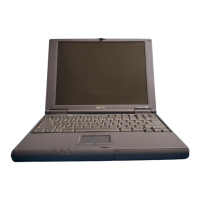
